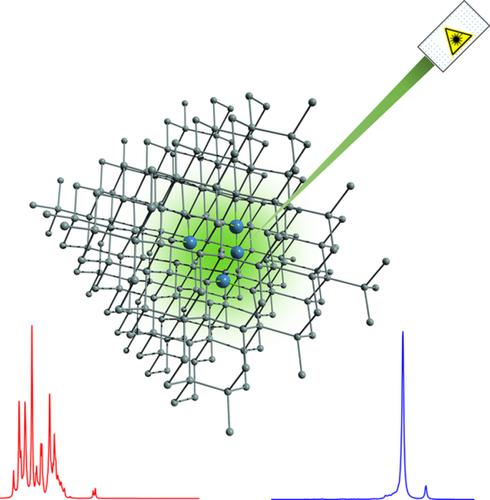当前位置:
X-MOL 学术
›
J. Comput. Chem.
›
论文详情
Our official English website, www.x-mol.net, welcomes your
feedback! (Note: you will need to create a separate account there.)
Substitutional carbon defects in silicon: A quantum mechanical characterization through the infrared and Raman spectra
Journal of Computational Chemistry ( IF 3.4 ) Pub Date : 2020-04-10 , DOI: 10.1002/jcc.26206 Francesco S Gentile 1 , Alexander Platonenko 2 , Khaled E El-Kelany 3 , Michel Rérat 4 , Philippe D'Arco 5 , Roberto Dovesi 1
Journal of Computational Chemistry ( IF 3.4 ) Pub Date : 2020-04-10 , DOI: 10.1002/jcc.26206 Francesco S Gentile 1 , Alexander Platonenko 2 , Khaled E El-Kelany 3 , Michel Rérat 4 , Philippe D'Arco 5 , Roberto Dovesi 1
Affiliation

|
The infrared (IR) and Raman spectra of eight substitutional carbon defects in silicon are computed at the quantum mechanical level by using a periodic supercell approach based on hybrid functionals, an all electron Gaussian type basis set and the CRYSTAL code. The single substitutional C s case and its combination with a vacancy (C sV and C sSiV) are considered first. The progressive saturation of the four bonds of a Si atom with C is then examined. The last set of defects consists of a chain of adjacent carbon atoms C si , with i = 1–3. The simple substitutional case, C s, is the common first member of the three sets. All these defects show important, very characteristic features in their IR spectrum. One or two C related peaks dominate the spectra: at 596 cm−1 for C s (and C sSiV, the second neighbor vacancy is not shifting the C s peak), at 705 and 716 cm−1 for C sV, at 537 cm−1 for C s2 and C s3 (with additional peaks at 522, 655 and 689 for the latter only), at 607 and 624 cm−1, 601 and 643 cm−1, and 629 cm−1 for SiC s2 , SiC s3 , and SiC s4 , respectively. Comparison with experiment allows to attribute many observed peaks to one of the C substitutional defects. Observed peaks above 720 cm−1 must be attributed to interstitial C or more complicated defects.
更新日期:2020-04-10











































 京公网安备 11010802027423号
京公网安备 11010802027423号